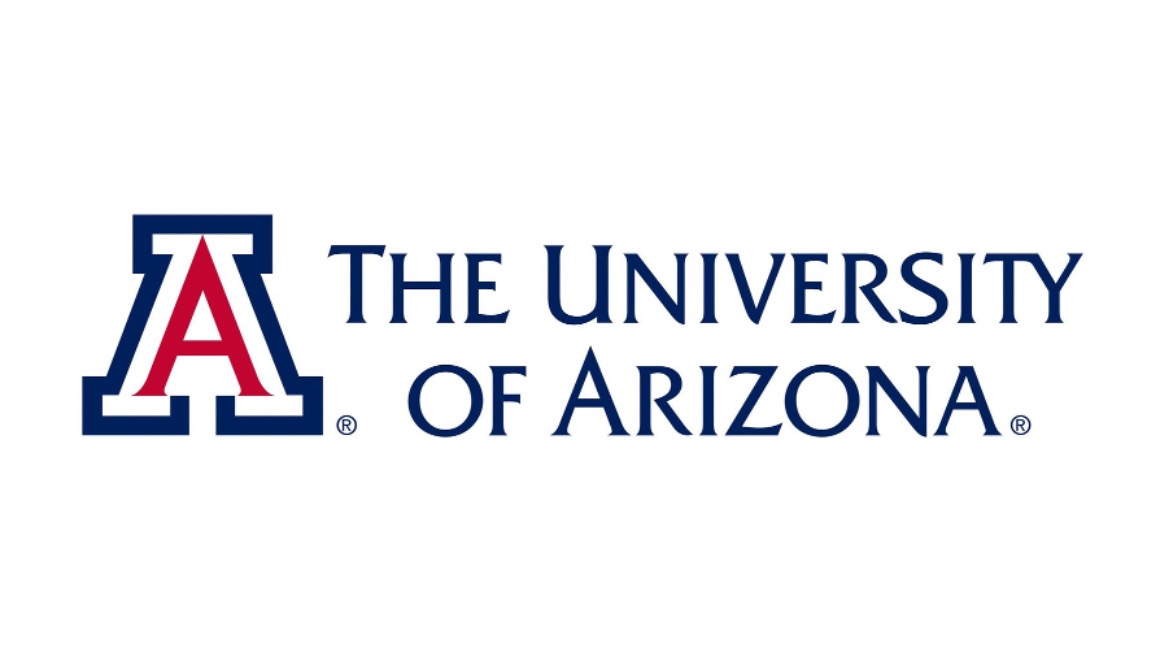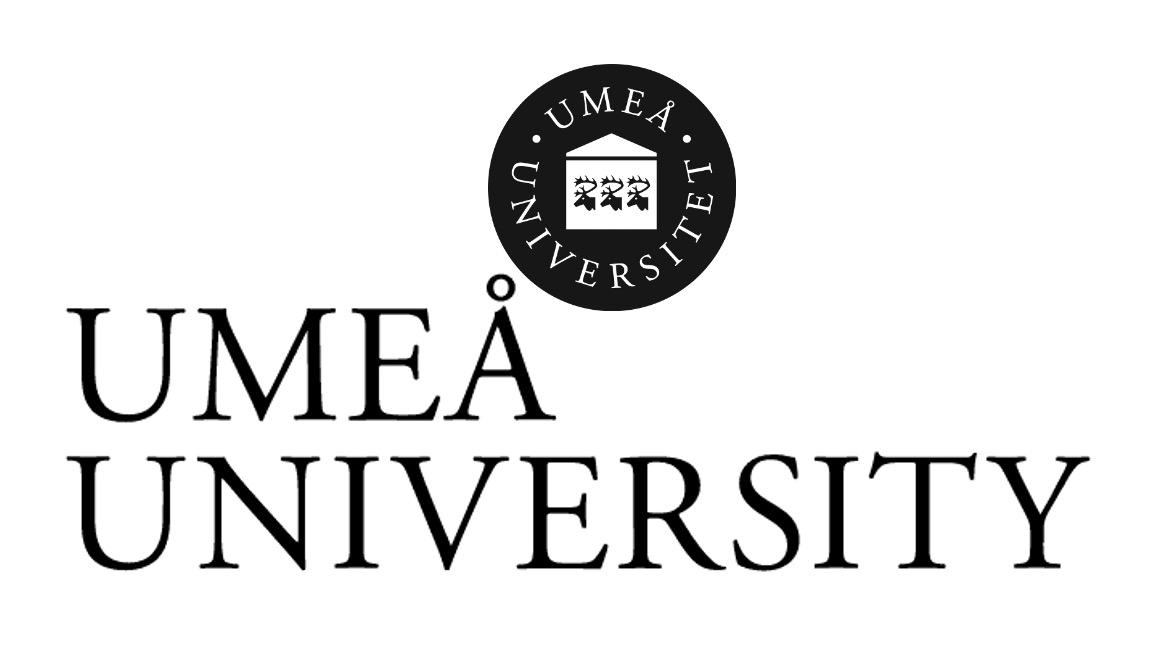Table of Contents
Purine Definition
Nucleic acids (e.g. DNA and RNA) and some alkaloids are heterocyclic aromatic compounds having a chemical structure consisting of an imidazole ring fused to a pyrimidine ring (e.g. caffeine and theophylline).
What is Purine?
A nucleobase is a nitrogen-containing molecule that produces a nucleotide when linked to the pentose sugars, ribose or deoxyribose. The monomeric unit of nucleic acids such as DNA and RNA is the nucleotide.

The nucleobases in two-stranded nucleic acids like DNA are paired. The complementary nucleobases are linked together via a hydrogen bond. Purines and pyrimidines are the two most common kinds of nucleobases.
Pyrimidines vs Purines
Purines and pyrimidines are both heterocyclic aromatic chemicals, but their chemical structures distinguish them from one another. Purines have two carbon rings, while pyrimidines only have one.
A pyrimidine ring is joined to an imidazole ring in purine. There is only one pyrimidine ring in pyrimidine. Purine has four nitrogen atoms, while pyrimidine only has two. Purines are adenine and guanine, whilst pyrimidines are cytosine, thymine, and uracil.
Because they constitute the essential components of the genetic code, these five nitrogenous bases are referred to as main or canonical. To identify DNA from RNA molecules, the nucleobases that make up the nucleic acid are utilised.
In DNA, thymine is complementary to adenine, but in RNA, uracil is complementary to adenine. Thymine differs from uracil in that it has a methyl group, while uracil does not. Base complements are the pairings of the nucleobases C-G and A-T (or A-U in RNA).
Properties of Purines
Purine has the chemical formula C5H4N4 and is a heterocyclic aromatic organic molecule. It has two carbon rings and four nitrogen atoms in its chemical structure, which is made up of a pyrimidine ring fused to an imidazole ring.
Purines have two nitrogen atoms in the pyrimidine ring, one at position 1 and the other at position 3. (similar to those of pyrimidines). Two nitrogen atoms are found at positions 7 and 9 of the imidazole ring linked to the pyrimidine ring. Purine has a molar mass of 120.115 g/mol and a melting point of 214 °C.
Adenine vs Guanine
Adenine is a purine that forms two hydrogen bonds with thymine in DNA and uracil in RNA to form a complementary pair. In both DNA and RNA, guanine is a purine that forms a complementary pair with cytosine. The amine group at position 6 distinguishes adenine from guanine, as does the presence of an extra double bond between N-1 and C-6 in the heterocyclic aromatic (pyrimidine) ring.
Endogenous Purines and Exogenous Purines
Purines are found in every cell. Purines and pyrimidines are found in about equal proportions inside the cell. Endogenous purines are purines that are produced naturally in the body. Purines can be acquired through dietary sources in addition to biosynthesis, and are referred to as exogenous purines in this scenario.
Purines are abundant in meat and animal products, particularly internal organs. Purine levels are high in anchovies, mackerel, scallops, and sardines. Purines are found in trace amounts in red meat, pigs, cattle, chickens, and a variety of seafood. Mushrooms, spinach, asparagus, cauliflower, beans, lentils, and wheat bran are some of the plant-based purine sources.
Purines Metabolism
Purines are found in abundance in nature. They are made within the cell. Purines are mostly biosynthesized in the liver in humans. Nucleobases are made up of ribonucleotides (nucleobases linked to ribose 5-phosphate). Because purines are produced as ribonucleotides rather than free nucleobases, they are formed from the nucleotide inosine monophosphate (IMP) (as opposed to pyrimidines that are synthesised first as a free base).
IMP is synthesized from a pre-existing ribose phosphate and comprises the amino acids glycine, glutamine, and aspartic acid. When ribose 5-phosphate binds with ATP, 5-phosphoribosyl-1-pyrophosphate (PRPP) is generated. PRRP is involved in purine and pyrimidine synthesis, as well as the production and salvage of NAD and NADP.
When the pyrophosphate of PRRP is replaced by the amide group of glutamine, PRRP is transformed into 5-phosphoribosyl amine, which is dedicated to purine biosynthesis. Purine production takes place in the cytoplasm of the liver cell in humans. After that, IMP is transformed into adenosine monophosphate (AMP) or guanosine monophosphate (GMP).
Purines like guanine and adenine can be degraded in the following ways:
1. Guanine (through guanase) » xanthine (through xanthine oxidase) » uric acid
2. Adenosine »» inosine (through purine nucleoside phosphorylase) » hypoxanthine (through xanthine oxidase) » xanthine (through xanthine oxidase) » uric acid
Exogenous purines are destroyed in the liver of humans and other animals. Uric acid is generated as a waste product as a result of purine breakdown. The liver releases uric acid into the circulation, which then travels to the kidney. The substance is subsequently eliminated from the body through the urine.
Purines can be recovered and re-used in the following ways:
1. The enzyme adenine phosphoribosyltransferase (APRT) salvages adenine
2. The enzyme hypoxanthine-guanine phosphoribosyltransferase (HGPRT) salvages guanine and hypoxanthine
Biological Function of Purines
Purines are an essential structural component of nucleic acids as one of the primary classes of nucleobases. The genetic information required for all cellular activities and heredity is stored in nucleic acids such as DNA and RNA molecules. Nucleobases are also essential components of some proteins and starches, in addition to nucleic acids.
As a result, their roles include not just serving as structural components of DNA and RNA, but also regulating enzymes and cell signalling. Hypoxanthine, xanthine, theobromine, caffeine, uric acid, and isoguanine are examples of purines other than the two purine bases described above.
Purine Metabolism and Health
Uric acid is the metabolic culmination of purine metabolism. Purines are abundant in the diet, particularly in the liver, kidneys, and other internal organs. They can also be found in small amounts in meat, fish, cauliflower, beans, and mushrooms. Hyperuricemia is a condition in which the body’s uric acid level is excessively high.
Uric acid accumulation, which can lead to gout (joint inflammation) and kidney stones, can be caused by a high-purine diet. As a result, people with these illnesses should eat a low-purine diet. It is also recommended that you avoid or limit your intake of alcohol and saturated fats since they block purine metabolism.
Purines Citations
- Of urines and purines – a life in separation science. Nucleosides Nucleotides Nucleic Acids . 2018;37(11):588-602.
- Role of purines in regulation of metabolic reprogramming. Purinergic Signal . 2019 Dec;15(4):423-438.
- Purines: From Diagnostic Biomarkers to Therapeutic Agents in Brain Injury. Neurosci Bull. 2020 Nov;36(11):1315-1326.
- Figures are created with BioRender.com







